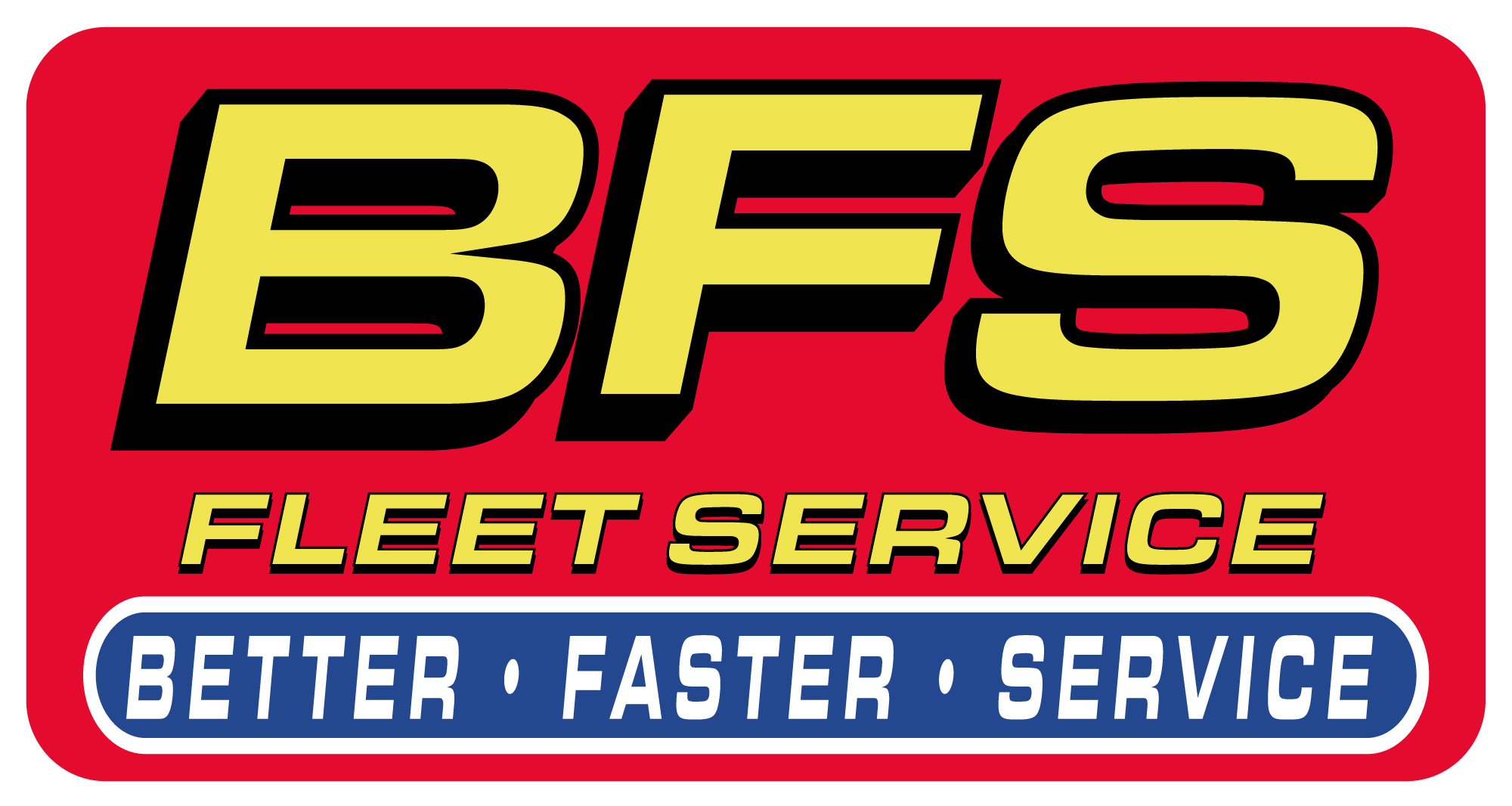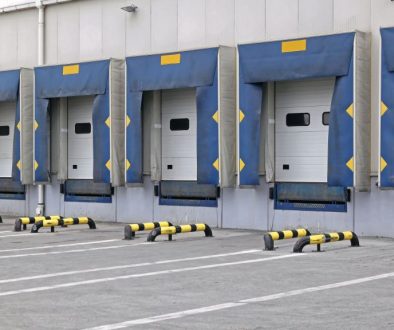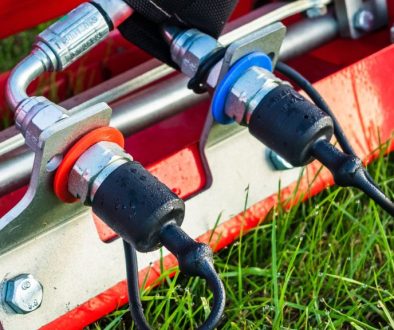A Step-by-Step Guide for Fleet Managers Who Want to Stay Ahead of Breakdowns
The Difference Between a Well-Oiled Fleet and a Fleet That’s Always in the Shop
Imagine running a fleet where you never have to scramble for last-minute repairs. Where breakdowns are rare, fuel efficiency is optimized, and DOT inspections are a breeze.
That’s not luck—that’s a fleet maintenance schedule done right.
Too many fleet managers rely on reactive maintenance, fixing trucks when they break down rather than preventing problems before they happen. The result? Higher costs, more downtime, and a whole lot of stress.
At BFS Fleet Service, we help fleets create customized maintenance schedules that keep their trucks on the road and their businesses running smoothly.
Here’s how to build a fleet maintenance plan that works.
Related: Why Preventative Maintenance is the Key to Cutting Costs
1. Identify Your Fleet’s Maintenance Needs
Every fleet is unique. The best maintenance schedules take into account:
- Fleet Size – Larger fleets need staggered maintenance plans to avoid downtime.
- Vehicle Types – Different trucks need different maintenance intervals.
- Routes & Mileage – Long-haul trucks need more frequent servicing than local delivery vans.
- Weather Conditions – Harsh climates accelerate wear and tear on brakes, tires, and fluids.
Start by evaluating your fleet’s needs—not every truck requires the same service at the same time.
Related: Custom Fleet Maintenance Plans with BFS Fleet Service
2. Establish a Regular Maintenance Schedule
A good fleet maintenance plan doesn’t wait for problems—it prevents them.
Here’s a sample fleet maintenance schedule based on best practices:
Daily Checks (Driver Pre-Trip & Post-Trip Inspections)
- Tire pressure, tread, and wear
- Fluid levels (oil, coolant, brake fluid)
- Lights, signals, and wipers
- Visible leaks or loose parts
Weekly Maintenance
- Battery voltage check
- Brake wear inspection
- Transmission fluid levels
- Trailer connection inspections
Monthly Service
- Full tire rotation and alignment check
- Fuel filter replacement
- Hydraulic system inspection
- Suspension and steering system check
Quarterly & Seasonal Maintenance
- Full fluid flush (oil, coolant, brake fluid)
- HVAC system inspection (important for driver comfort)
- DOT compliance check
Annual Maintenance
- Comprehensive fleet inspection
- Full brake system evaluation
- Engine performance diagnostics
Sticking to a structured plan ensures your fleet stays in top condition, reducing unexpected downtime.
Related: Schedule Your Fleet Maintenance Check Today
3. Keep Detailed Maintenance Records (And Avoid Costly Mistakes)
Keeping organized, detailed records isn’t just a good practice—it’s a requirement for DOT compliance and protecting your investment.
A fleet maintenance log should include:
- Date of service
- What was inspected/repaired
- Mileage at time of service
- Parts replaced
- Mechanic’s notes on potential issues
Related: How BFS Fleet Service Helps You Stay DOT-Compliant
4. Plan for Emergency Repairs (Because No Fleet is Perfect)
Even the best-maintained fleets will experience unexpected breakdowns—but having a plan in place minimizes downtime.
A strong emergency fleet repair plan includes:
- A trusted repair provider that offers priority service for fleet clients
- A 24/7 roadside assistance plan for breakdowns
- An inventory of spare parts for fast repairs
- Driver training on how to handle on-the-road issues
Related: Emergency Fleet Repair Services
5. Make Fleet Maintenance a Team Effort
Your drivers are the first line of defense when it comes to catching potential issues.
- Train drivers to recognize early warning signs—strange noises, sluggish acceleration, or vibration.
- Encourage daily pre-trip and post-trip inspections to identify issues early.
- Make reporting easy—have a simple system where drivers can log maintenance concerns.
Related: The Role of Drivers in Fleet Maintenance
6. Partner with a Fleet Maintenance Provider You Can Trust
A strong maintenance plan is only as good as the team servicing your fleet.
- Do you have a dedicated maintenance partner who knows your fleet inside and out?
- Are your trucks getting the best service—on time, every time?
- Can your mechanics spot issues before they cause major failures?
Related: Get a Customized Fleet Maintenance Plan
Final Thoughts: Don’t Let Maintenance Fall Behind
If you don’t have a clear fleet maintenance plan in place, you’re losing money—whether through unexpected breakdowns, lost fuel efficiency, or preventable repairs.
Next Steps:




